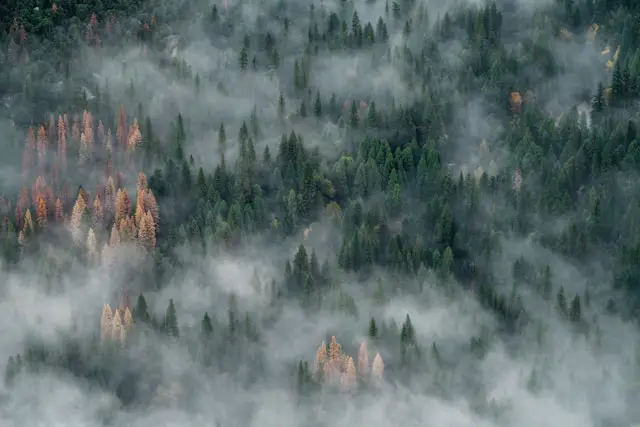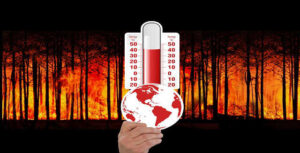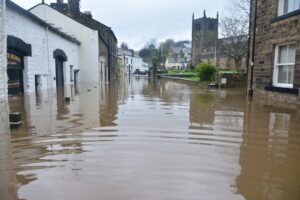Canadian Wildfire Smoke Triggers Air Quality Alerts in Ontario and U.S. Midwest (July 31–August 1, 2025)
In a sobering repeat of last summer’s crises, Canadian wildfires have again blanketed large swaths of Ontario and much of the U.S. Midwest in thick plumes of hazardous smoke, prompting widespread air quality alerts from July 31 through August 1, 2025. Residents in Toronto, Minneapolis, Chicago, and beyond are grappling with “Unhealthy” or even “Very Unhealthy” Air Quality Index (AQI) readings, marking one of the most severe transboundary air pollution episodes so far this year 124.
What Happened?
Hundreds of active wildfires raging in Manitoba and Saskatchewan have filled the atmosphere with fine particulate matter (PM2.5), a pollutant linked to heart and lung conditions. Driven by northerly winds, the smoke surged southward, covering much of Minnesota, Wisconsin, and Michigan. By Thursday morning, July 31, several U.S. cities had among the worst air quality in the world, with Milwaukee, Minneapolis, and Chicago reaching AQI levels up to the “Very Unhealthy” range45. Health officials urged limiting outdoor activity, especially for sensitive groups such as children, seniors, and anyone with pre-existing respiratory or cardiovascular conditions25.
Scientific Insight
The current smoke event is part of a larger trend: wildfires in Canada are burning longer and hotter due to persistent dryness and elevated temperatures—patterns increasingly linked to climate change. Extended drought, higher average temperatures, and stronger winds create ideal wildfire conditions, while the scale of burning now means smoke travels not only across North America, but in recent events, has been detectable as far as Europe3.
Responses and Guidance
Canadian and U.S. officials swiftly issued advisories, asking people to stay indoors, use air purifiers if possible, and avoid activities that might add to indoor pollution5. In Wisconsin and Ontario, recommendations included rescheduling major outdoor events and seeking medical advice if experiencing symptoms like coughing or difficulty breathing. The National Weather Service and local agencies expect conditions to persist until at least Friday, August 2, with improvements possible if rain or wind shifts arrive25.
Long-Term Concerns
Episodes like this underscore the urgent need for climate resilience, cross-border cooperation, and emergency preparedness. While firefighters continue to battle the blazes in Canada, scientists and health experts reiterate that smoke events are likely to become more frequent as climate change continues123.
References:
1 The New York Times (July 31, 2025)
2 Newsweek (July 31, 2025)
3 aqi.in (June 9, 2025)
4 Fox Weather (July 31, 2025)
5 Wisconsin Department of Natural Resources (July 31, 2025)







